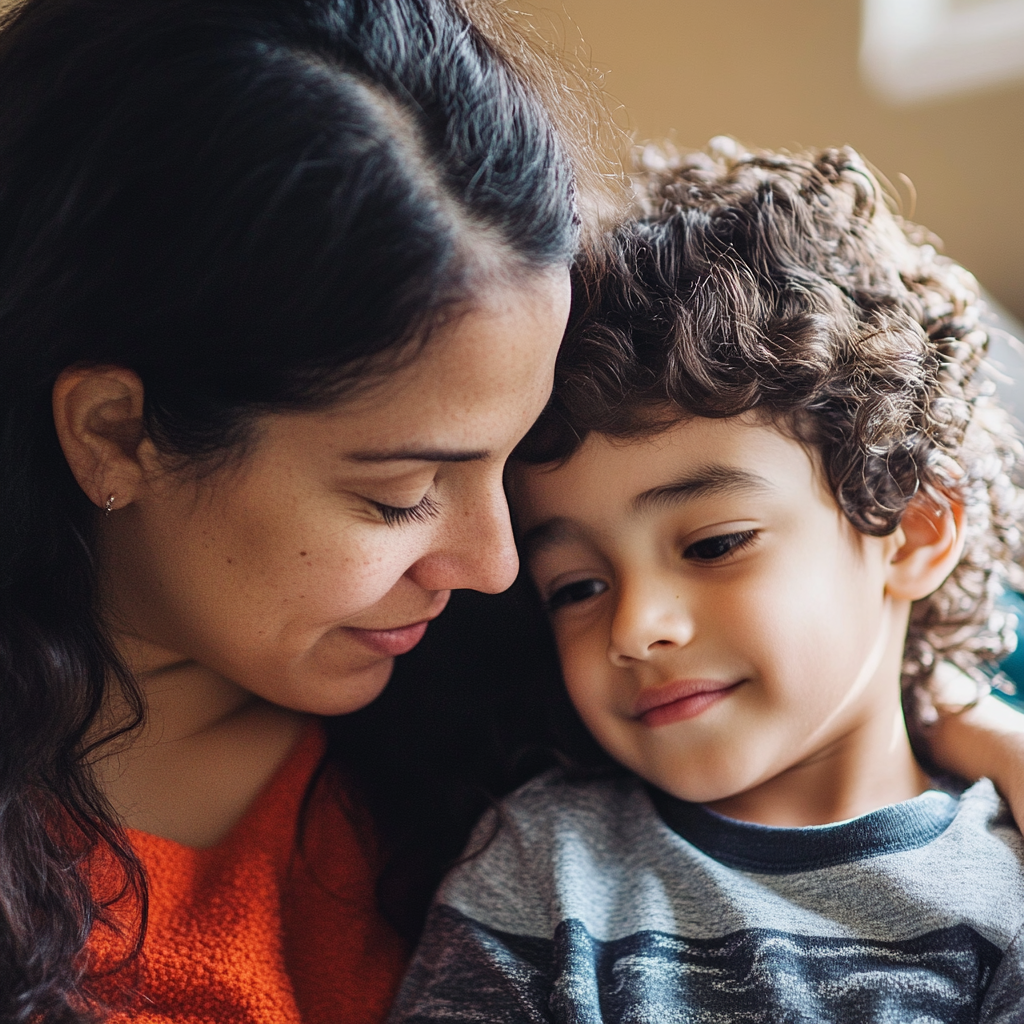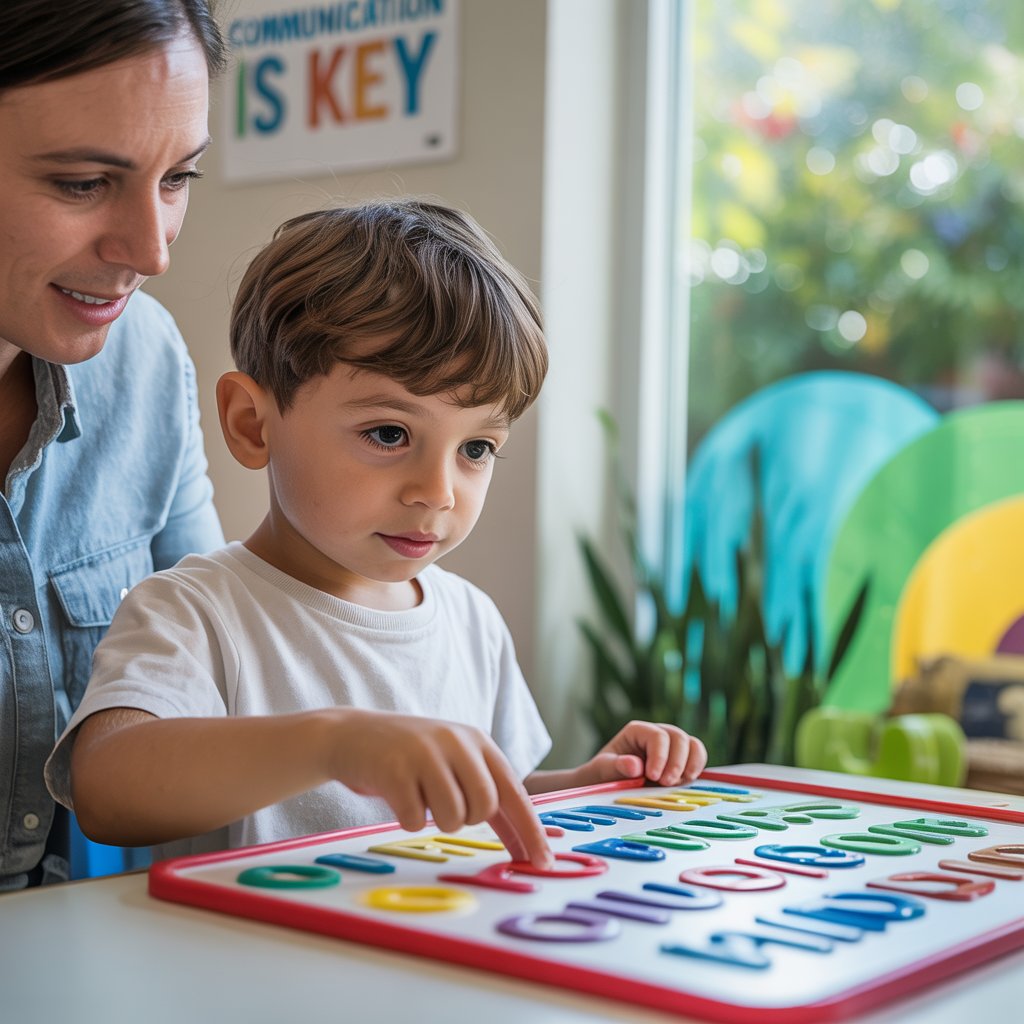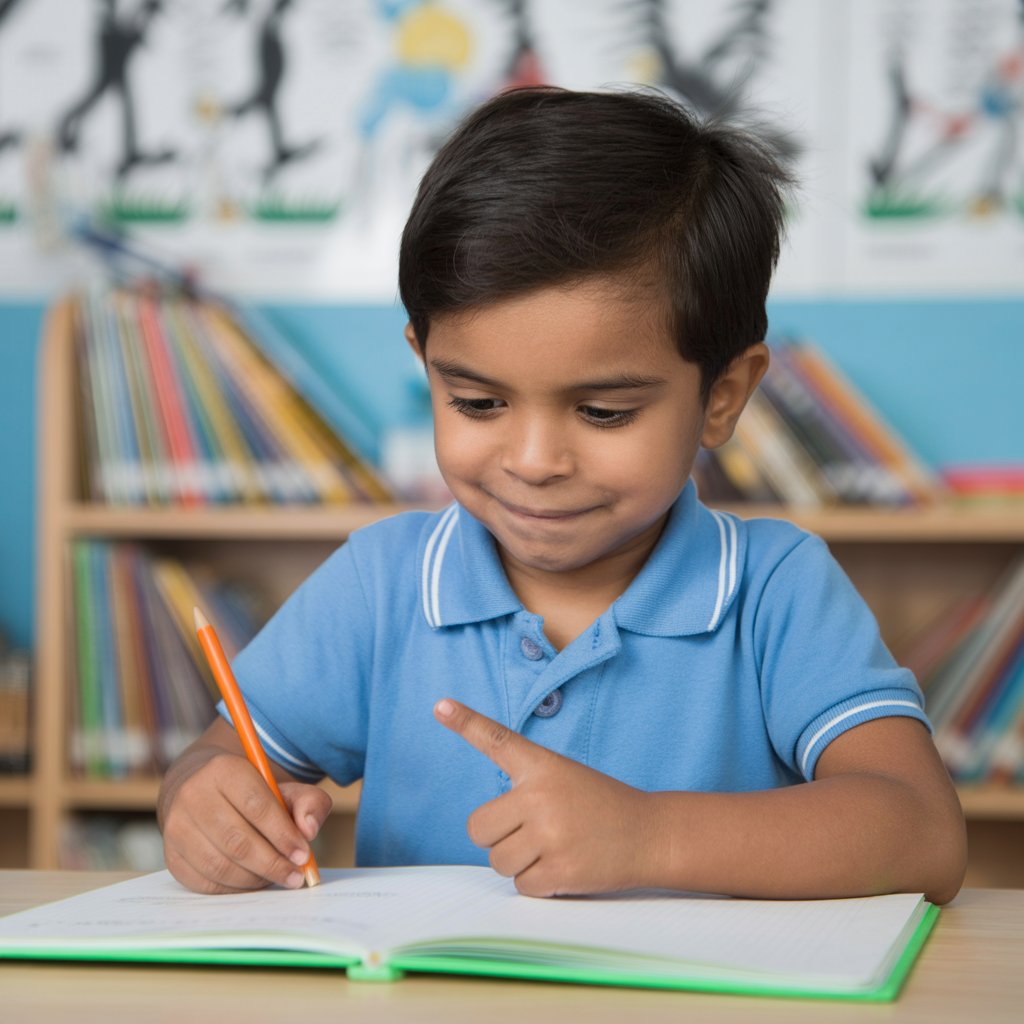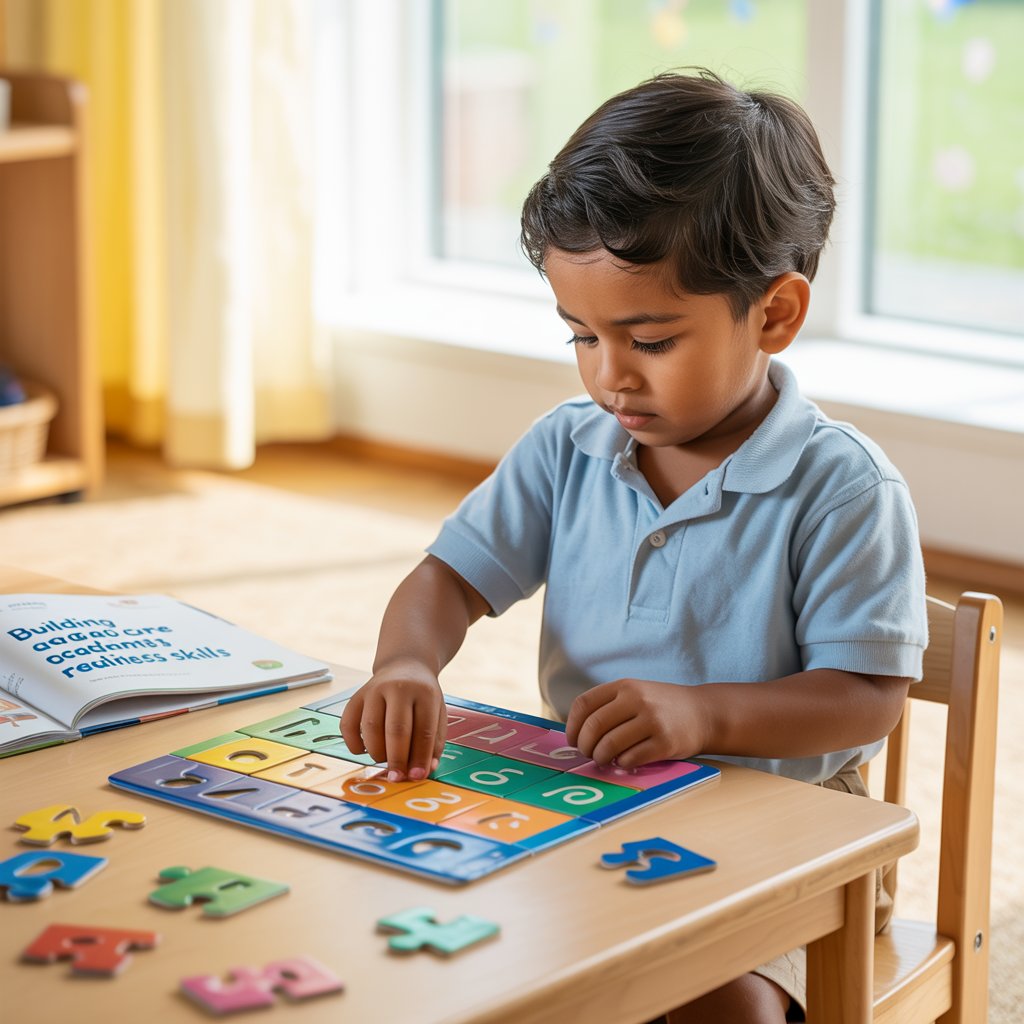Helping Autistic Kids Sleep Better: Effective Bedtime Routines

Bedtime can be a battlefield for parents of autistic children. But here's the thing - consistency isn't just helpful, it's essential. When you establish the same sequence of activities every night, you're basically creating a roadmap that tells your child's brain "sleep is coming."
Start with 4-5 activities that happen in the exact same order each night. Maybe it's bath, teeth brushing, pajamas, story time, then bed. Whatever works for your family. The magic happens when this sequence becomes so predictable that your child can anticipate each step.
Most autistic kids thrive on this predictability. Their nervous systems calm down when they know exactly what's happening next. No surprises means less anxiety, and less anxiety means better sleep.
Visual schedules that promote sleep readiness
Picture this: a simple chart with photos or drawings showing each step of bedtime. That's your secret weapon.
Many autistic children process visual information better than verbal instructions. A bedtime visual schedule lets them see exactly what's happening and what comes next.
You can create one using:
- Photos of your actual child doing each activity
- Simple drawings or clipart
- Removable cards they can move from "to do" to "done"
The physical act of moving a card or checking off a step gives them control and accomplishment. One mom told me her son went from nightly meltdowns to proudly leading bedtime after they implemented a visual schedule.

Incorporating special interests into bedtime routines
Your child's obsession with dinosaurs or trains isn't just a passion—it's your bedtime superpower.
When you weave special interests into bedtime routines, magical things happen. That intense focus transforms from a potential distraction into a motivation to complete the bedtime sequence.
Try these approaches:
- Dinosaur-themed pajamas and toothbrush for your paleontologist
- Space-themed guided relaxation for your astronaut
- Train-themed books that become the designated bedtime stories
One creative dad I know created "superhero sleep training" for his Marvel-obsessed daughter. Each step of bedtime was reframed as part of her "superhero power charging" routine. Brushing teeth became "activating super smile powers." Brilliant!
Gradually transitioning from stimulating activities
The abrupt switch from stimulating activities to sleep is tough for any kid—doubly so for autistic children whose nervous systems often need extra time to downshift.
Instead of expecting an immediate transition, create a deliberate wind-down period:
- Start dimming lights 30-45 minutes before bedtime
- Switch from active play to calmer activities
- Reduce sensory input gradually (lower volume, fewer people)
Many parents find a "transition object" helpful—something that moves with the child from active time to bedtime. Maybe it's a specific stuffed animal that "gets tired" when bedtime approaches.
Technology deserves special mention here. The blue light from screens disrupts melatonin production, but abruptly removing devices can trigger meltdowns. Try using screen time filters that reduce blue light, and establish a clear schedule for when devices get put away.







